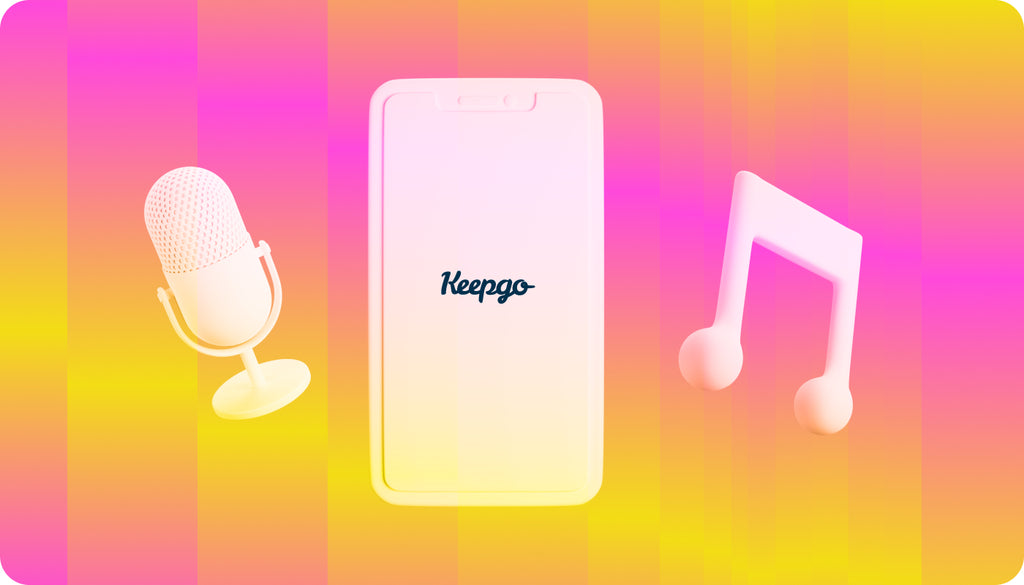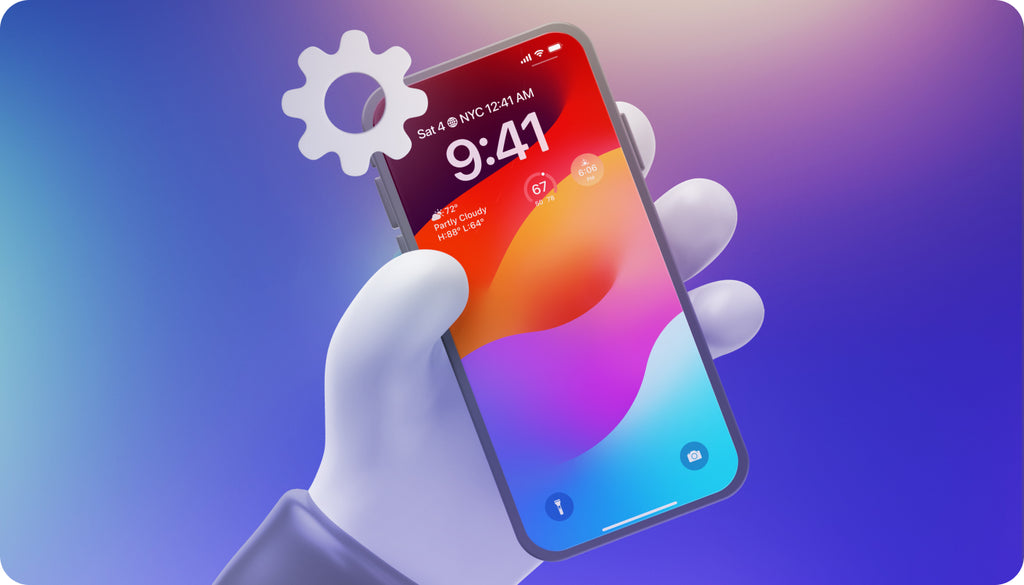Sustainable Data Consumption or Old SIM Card & Phone Recycling
We cannot imagine our life without a smartphone. However, the device seems to be imperfect when it’s not connected to the internet. A SIM card is an indispensable element that lets us make phone calls, send text messages, and access internet-based services on-the-go. And what should you do with old SIM cards when you switch to a new smartphone? That’s when SIM cards recycling and more innovative eSIM technology come into play.
Connectivity Options on Dual-SIM Devices
Almost all dual SIM smartphones let you use a default SIM card for calls, texts, and data. You can enable or disable any of your SIM cards or disable data roaming in the phone settings whenever it’s needed. Such devices are beneficial for international travelers since they let you use both your local SIM card and the SIM of the country that you visit. It solves many seasonal vacationers and business travelers’ problem - you can install a local SIM card into your dual SIM smartphone to be contactable by family, friends, and institutions like banks.
There is an alternative to using physical SIM cards in dual SIM smartphones. It’s the eSIM technology that is getting more popular worldwide. Embedded SIMs are supported by the latest iPhone models and Android devices. The iPhone XS and iPhone XR were the first dual SIM iPhones that Apple made. In most countries of the world, these and subsequent models have one slot for a physical SIM card and another one for eSIM.
As time passes, more eSIM-enabled devices hit the market. Other popular solutions that support the eSIM technology include iPhone 12, 12 Pro, 12 Pro Max, 12 Mini, SE, 11, 11 Pro, 11 Pro Max, XS, XS Max, Google Pixel 3, 3 XL, 4 XL, Samsung S20, S20+, Z Flip, and more. The list of eSIM compatible devices keeps on constantly growing, so you’d better check the specifications of the device that you are going to use with eSIM.
Unlike a physical SIM card, an eSIM is built into the phone and can be configured via the software. You can get a new eSIM whenever you want without the need to spend extra fees on shipping. An eSIM is instantly delivered to your device and can be disabled in the settings.
Using an eSIM is a great example of sustainable data consumption. You can use it when you want to keep your personal life separate from business affairs. It’s also an awesome connectivity option for those who come to another country and do not want to buy a SIM card from a local provider. A prepaid data eSIM can also be used for Internet connectivity. We all know that using free public WiFi is not as safe as using a pocket-friendly router or a data-only SIM card.
It’s also easy to get a new eSIM whenever you come to a new country, look for a convenient data backup plan, and other purposes. It’s easy to configure an eSIM and remove it from your device when it’s no longer needed. Many travelers opt for the innovative eSIM technology. eSIMs give you international traveling abilities without the hardware.
How Do International eSIMs Work?
Rather than purchasing for hardware and waiting when it is shipped to your destination, an international eSIM is instantly delivered to your device. As a rule, you need to scan a QR code and choose a country where you’d like to use it. You need to follow a few steps suggested by the eSIM provider to start using the service.
An eSIM connects you with local service providers that offer eSIM plans. On the customer’s end, having an eSIM is similar to using a local SIM card. If you have a dual SIM device, you’ll still use your regular phone number for calls and text messages. International data eSIM is used to keep you connected to the web to communicate through services like WhatsApp, Telegram, and others.
Old Phone and SIM Card Recycling
When you switch to a new connectivity provider, there are several considerations for your old phone and SIM card recycling. The U.S. Environmental Protection Agency recommends recycling cell phones and old SIM cards to keep waste out of landfills. You can protect the personal information on your phone by following a few simple steps before recycling.
- First of all, take care of canceling the service agreements that you had on your old device. By doing so, any new user who buys your phone should establish his or her own contract service. To ensure that your service agreement is canceled, contact your service provider. They should confirm that your old cell phone is not hooked to any contract number associated with your personal details.
- Remove SIM card from your mobile phone. If you switch to an unlocked smartphone, your old SIM card will work on the new device. However, if you used a locked device and decide to dispose of the SIM, you may damage it. Ensure that you make a copy of contacts and other essentials that are stored on the SIM card. Damaging the old SIM card before disposal ensures that your personal data won’t fall into someone else’s hands. Shred the SIM card using scissors. Damage the chip’s bronze foil area, where the data is stored, as thoroughly as possible.
- Reset your phone to factory settings. It will remove all applications and files that you saved on the device. So, make a copy of files on your computer before initiating the reset. The process varies on different devices. You can find all the needed instructions in your phone’s manual or on the web.
- If you used an eSIM on your phone, deactivate it in the software settings.
- Removing a SIM card from your phone doesn’t mean that all names, phone numbers, and other details will also be erased. Ensure that you delete all saved messages, emails, notes, etc. as they might also contain details that you do not want a stranger to see.
Recycling an old phone, don’t forget that all accessories associated with it are also recyclable. It includes phone batteries, chargers, cases, etc. Most cell phone retailers offer recycling programs. So, you may enroll when you buy a new smartphone.
You may also donate your old device. Many non-profit organizations collect old phones and give people in shelters for emergency calls and other purposes.
Summing up
It’s trendy to consume data sustainably. Old phone and SIM card recycling is getting more popular among vacationers. The eSIM technology is gaining more demand worldwide as more eSIM compatible devices are launched in the market. Does your smartphone support the eSIM technology? Follow our updates. There is a new product that will be added to Keepgo’s collection really soon.




